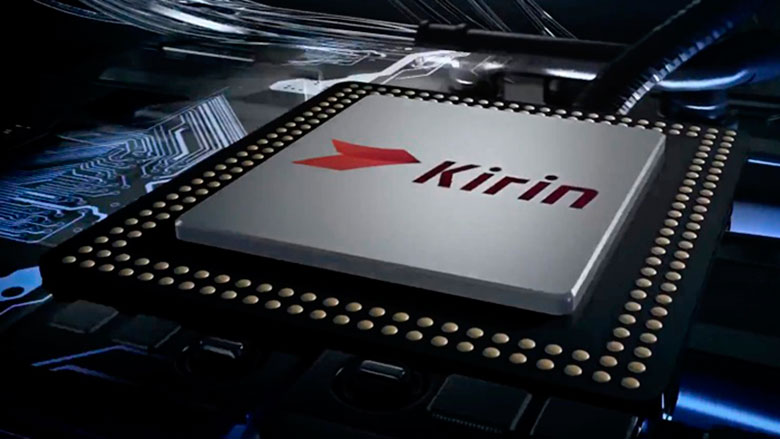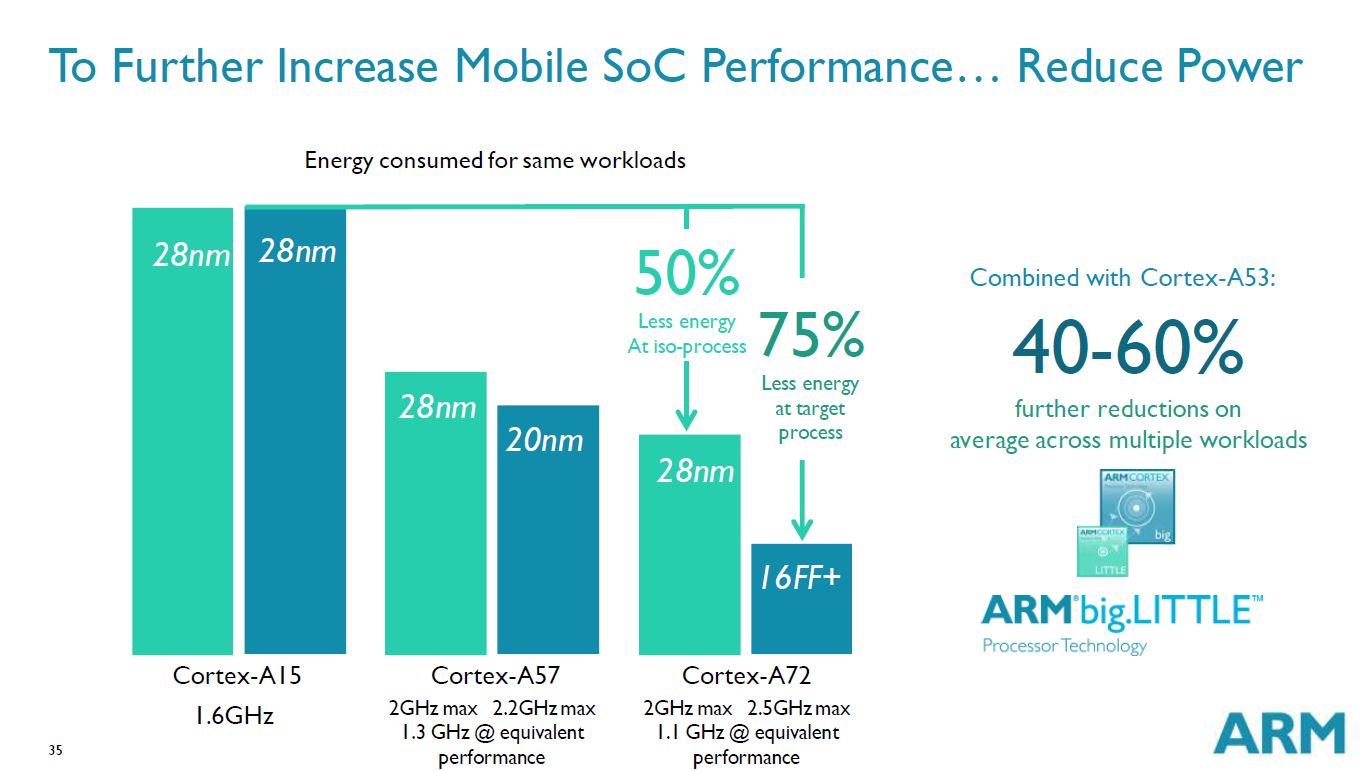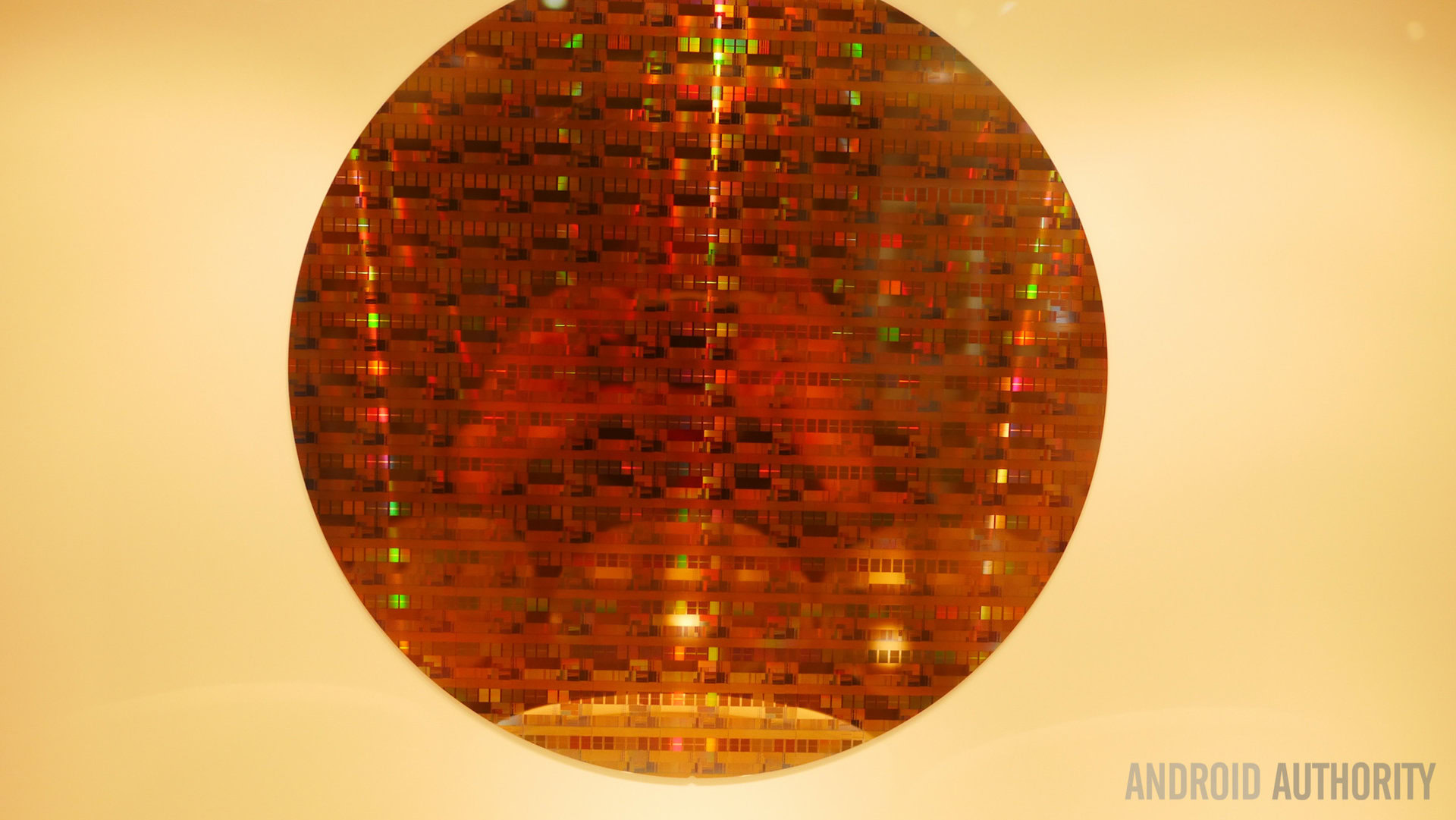Affiliate links on Android Authority may earn us a commission. Learn more.
Kirin 950 announced: What you need to know
November 5, 2015

Mobile chip developers have been lining up their next generation hardware for a few months now and Huawei’s HiSilicon has just announced its new high-end Kirin 950, and it’s a beast.
We’ll start with the main processing components, the CPU and GPU. The Kirin 950 is the first SoC based on ARM’s big.LITTLE technology to make use of four Cortex-A72 and four Cortex A53 CPU cores, combined with a Mali-T880 GPU for some serious all-around performance.
Architecturally, it’s quite a fair comparison to make to the octa-core A57/A53 big.LITTLE chips that have proven popular this generation. The Cortex-A72 found in the Kirin 950 offers an 11 percent performance boost and 20 percent reduction in power consumption when compared with an A57, while HiSilicon is boasting a 100 percent increase in GPU performance over its last chip that used a Mali-T760.

Some of these gains also come from the chip’s move on down to TSMC’s 16nm FinFET manufacturing process, marking another industry first for the Kirin 950. This puts the chip ahead of this generation’s Snapdragon 810, which was produced at 20nm, and on par with Samsung’s 14nm process. It is also a notable jump from the Kirin 930’s 28nm design.
HUAWEI has also done some major work on task scheduling and eking out additional performance. As many mobile tasks are burst like in nature, the Kirin 950 employs Heuristic Scheduling Algorithms (HSA) to predict when to boost performance for these type of workloads without causing the chip to overheat. As a result, HiSilicon boasts that the 950’s boost performance is up by 100 percent compared with its predecessor, while continuous performance is up by 56 percent. The Kirin 950 also includes support for LPDDR4 memory and is designed with ARM’s GIC500 controller and a new bus to tie the system together.
Co-processors and more
The Kirin 950 certainly has it where it counts in terms of performance capabilities, and it is packed full of extra features too.
4G LTE is included as standard, as is support for VoLTE for enhanced call quality. VoLTE is expected to arrive at China Mobile by the end of 2015, so the Kirin 950 and other chips in the line-up will be ready to take advantage. The new RF chip also supports more bands from 450MHz to 3.5G, which satisfies roaming demands.

HUAWEI has also implemented a new co-processor technology on the chip, which it calls the i5. The chip is based on ARM’s high performance Cortex-M7 microcontroller. This extra core can share resources with the main A72 and A53 CPU cores and is designed to quickly power up the main CPU cores when they are needed using an “always-sensing mode”, while also allowing a very low power sleep state. Overall, HiSilicon estimates that idle power has been reduced by 90 percent, from 90mA to just 6.5mA. The i5 co-processor can also be used to provide real-time location services, by combining GPS, WiFi and sensor positioning.
HUAWEI has also introduced its own image signal processing technology with this chip. The Kirin 950 supports 14-bit dual ISPs, allowing for a 960MPixel/s throughput, dual 13 megapixel sensors or a single 31 megapixel sensor. The integrated DSP also boasts fast facial recognition technology that can detect up to 35 faces in an image.
With new chips from Qualcomm and Samsung expected to hit devices next year, high-end handsets packing the Kirin 950 look set to offer some serious competition.
[press]
文档名称 文档密级
2015-11-5 华为保密信息,未经授权禁止扩散 第1 页, 共4 页
Key Messages of Kirin950 Press Briefing
On November 5, 2015, HUAWEI showcased its latest smartphone SoC, the Kirin950, at
a press briefing in Beijing.
1. Kirin SoCs powers 4G+ commercialization around the world
In June 2014, HUAWEI released the world’s first 4G+ SoC, the Kirin920, and the first
LTE+ smartphone, the HONOR 6. Today, all Kirin 900 series chips can support 4G+,
including the Kirin920, Kirin930, Kirin950. More than 50 percent of smartphones in
China are powered by Kirin SoCs today.
2. Kirin950 supports VoLTE, delivering a better HD voice experience
With the debut of the Kirin 930, Kirin SoCs continued to enhance the user experience
on 4G+ networks. The Kirin 930 further optimized 4G+ Internet browsing and the Kirin
950 now delivers an HD voice experience to users via 4G+ networks.
Upgraded 4G+ networks and increased bandwidth have created more opportunities
for HD voice applications. Voices can be transmitted with higher integrity, making
them sound more realistic. Kirin 9xx SoCs support VoLTE technology, which has
doubled the voice sampling rate, increased the spectral range by 100 percent,
improved video call quality by 10 times, and enabled users to make calls while surfing
the Internet. Compared with legacy voice technologies, Kirin 950 VoLTE delivers a
much higher call quality and much lower network latency, to better meet the needs for
multi-party calls and ensure call quality.
To provide users with a better voice experience, the Kirin SoC team worked with
leading mobile operators in China, Europe and Korea to complete a two-year VoLTE
test. CMCC’s VoLTE commercialization pace is the fastest in China. Kirin950 received
the earliest VoLTE verification from CMCC. China Mobile has announced that VoLTE
will be put into commercial operation across its entire network by the end of 2015, and
Kirin 920/930/950 SoCs support VoLTE. Among VoLTE devices put into commercial use
lately across various provinces, the Kirin 920-based Mate 7 is a benchmark model.
3. Kirin 950 achieves a breakthrough in energy efficiency.
Managing power consumption is one of the smart phone industry’s biggest challenges.
Kirin SoCs take a balanced approach to managing performance and power
consumption, and the Kirin 950 has achieved breakthroughs both in performance and
user experience compared with its predecessors.
3.1 16nm FinFET plus process technology
文档名称 文档密级
2015-11-5 华为保密信息,未经授权禁止扩散 第2 页, 共4 页
The process technology is the foundation for user experience. The Kirin 950 is among
the first SoCs to employ the 16nm FinFET plus process node, and is the first SoC in the
industry to commercialize the TSMC 16nm FinFET plus technology. The
commercialization of the 16nm FinFET plus technology faced major challenges:
? The number of transistors on a single chip has increased from 2 billion to 3
billion, thus doubling the difficulty of metal interconnection
? The 3D transistor structure makes the process much more complex
? The photolithography limitation entails the dismantling of the mask, thus
increasing the mask layers by nearly 30 percent
? The number of design constraints has increased from 10000+ to 40000.
The decision to move to a cutting-edge process means overcoming many engineering
challenges before commercialization. At the end of 2013, the Kirin SoC team started to
work closely with TSMC to solve the mass production issues for the advanced process.
The process taped out in April, 2014 and entered mass production in January, 2015.
3.2 Outstanding performance
To achieve a breakthrough in performance, Kirin 950 features the industry’s first ARM
4*A72+4*A53 big.LITTLE architecture and its new MaliT880 GPU. Compared with A57,
the performance of the new ARM Cortex A72 core has improved by 11 percent, and its
power consumption has decreased by 20 percent. The graphic rendering capacity of
Kirin 950’s new GPU ARM MaliT880 is 100 percent higher than its predecessor, and its
GFLOPS is also 100 percent higher than its predecessor. In addition, the Kirin 950’s
new architecture also includes a new LPDDR4, a new GIC500, and a new bus and FBC
applications, providing the Kirin 950 with a more powerful hardware performance
foundation.
3.3 Fine tuning
Kirin 950 focuses on the user’s actual performance experience. A study shows that
quick responses and smooth operations are two key factors that affect user experience.
Quick responses depend on an SoC’s boost performance, while smooth operations
depend on its continuous performance. The Kirin SoC team optimized boost and
continuous performance. When the user triggers an operation, the SoC can respond to
it within 100ms, thus enabling a quick-response experience to the user. In active mode,
each frame can be rendered within 1/60 second to deliver a smooth-operation
experience.
In addition to its powerful hardware performance, the Kirin 950 employs Heuristic
Scheduling Algorithm (shortened for HSA) to fine-tune the system to address
Android’s native issues and two performance requirements: when the boost
文档名称 文档密级
2015-11-5 华为保密信息,未经授权禁止扩散 第3 页, 共4 页
performance is required, it can make an accurate prediction and recover quickly; and
in normal scenarios, it can make most accurate performance predictions without
generating additional heat. Compared with its predecessor, the Kirin 950’s boost
performance has improved by 100 percent, and its continuous performance has
improved by 56 percent.
4 i5, the co-processor, enable chip-level intelligent positioning
The Kirin 950 contains a newly upgraded i5 co-processor which is based on the latest
M7 cores. Compared with M3, the performance of M7 has improved by 4 times, making
it the most powerful co-processor in the industry. As the tiny core of the Kirin 950’s
innovative big.LITTLE plus tiny core architecture, i5 can collaborate with big A72 cores
and little A53 cores to share resources. Under the intelligent scheduling by the main
system, when the master CPU is required, i5 in always-sensing mode can quickly wake
up the main CPU, thus greatly reducing the CPU start-up time. The i5 can put the
phone in always-sensing mode with an ultra-low power, and can receive data from
sensors continuously even if the phone is in sleep mode. Its power consumption is
much lower than that of the main CPU.
The algorithmic strength of a location service is much higher than that of a calculator
application. Specifically, its real-time requirements for floating point arithmetic cannot
be fulfilled by the previous M4/M3-based solutions. The M7-based i5 processor is
highly scalable in terms of architecture, making the Kirin 950 the first SoC that can
provide real-time location services for combined GPS, base station, WiFi and sensor
positioning in indoor environments, on viaducts and among buildings. It is a
hardware-based solution, reducing the power by 90 percent from 90mA to 6.5mA.
5 The self-developed ISP enhances Kirin 950’s camera feature.
With the Kirin 950, HUAWEI has introduced its own ISP technology to achieve a
premium level of performance. It supports 14bit dual ISPs, increasing the throughput
by 4 times to 960MPixel/s for quicker focusing. It also supports online dual 13M Pixel
Sensors, up to a 32MPixel Sensor, and can collect more complete image information.
The dedicated image post-processing DSP can deliver the best image quality and
effects. It integrates a high-end FD for fast and accurate face scanning, which can
identify up to 35 faces continuously in automatic face-scanning mode.
6 A new in-house RF chip supports more bands for global roaming.
Huawei’s new in-house RF chip provides features that could only be delivered by two
previous-generation chips. A single chip can support carrier aggregation with higher
integration and lower power. Compared with its predecessor, the new RF chip
supports more bands from 450MHz to 3.5G which satisfies roaming demands in more
文档名称 文档密级
2015-11-5 华为保密信息,未经授权禁止扩散 第4 页, 共4 页
countries.
It is reported that HUAWEI’s latest flagship deviced based on Kirin 950 will be launched
soon.
[/press]